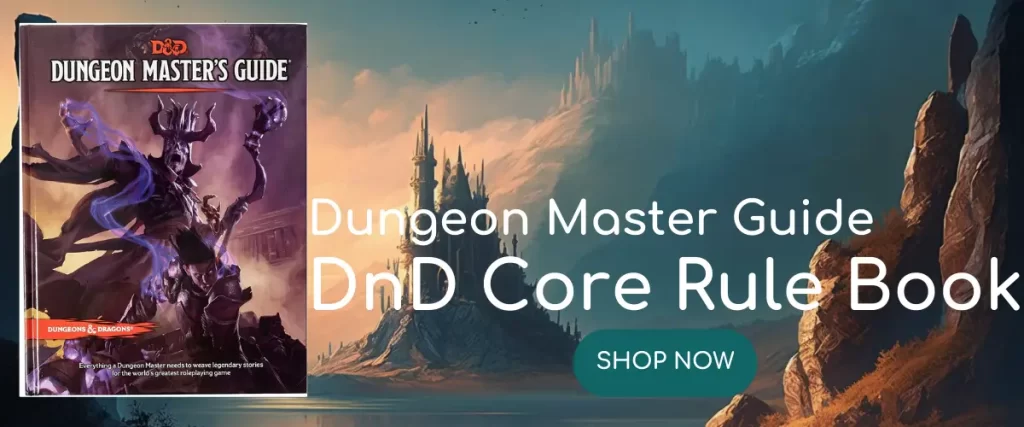Exploring the Favored Enemy for Rangers
Rangers in Dungeons and Dragons 5e are a versatile class that combines martial prowess with nature-based spells and abilities. One of the unique features of this class is the ability to select a Favored Enemy, which grants them various bonuses when fighting against that type of enemy. Choosing the right Favored Enemy is crucial to the effectiveness of your ranger, and in this article, we will explore the different options available.
What is a Favored Enemy for Rangers in Dungeons and Dragons 5e?
A Favored Enemy is a type of creature that a ranger has a particular proficiency in hunting. When fighting against this type of enemy, rangers gain bonuses to damage rolls, tracking, and intelligence checks related to the creature. This feature reflects the ranger’s experience and knowledge of the enemy’s strengths and weaknesses.
Different Types of Favored Enemies
n Dungeons and Dragons 5e, there are several options for Favored Enemies, including:
- Aberrations
- Beasts
- Celestials
- Constructs
- Dragons
- Elementals
- Fey
- Fiends
- Giants
- Monstrosities
- Oozes
- Plants
- Undead
How to Choose the Right Favored Enemy
When choosing a Favored Enemy, it’s important to consider the type of campaign you’re playing in and the enemies you’re likely to encounter. Here are some tips for choosing the right Favored Enemy:
- Consider the setting and story of the campaign.
- Discuss with your Dungeon Master which enemies are likely to appear.
- Consider your character’s background and backstory.
- Think about the type of combat your ranger excels in.
Advantages and Disadvantages of Choosing a Favored Enemy
Advantages:
- Bonuses to damage rolls against the chosen enemy.
- Advantage on Intelligence checks related to the creature.
- Advantage on Wisdom (Survival) checks to track the creature.
- Ability to learn one language spoken by the creature.
Disadvantages:
- Reduced effectiveness against enemies that are not the Favored Enemy.
- Limits the ranger’s versatility in combat.
- Possible social implications of choosing a particular enemy.
FAQ - Favored Enemy
Yes, a ranger can change their Favored Enemy by spending 8 hours of downtime training and studying a new enemy.
Yes, a ranger can choose to have multiple Favored Enemies at higher levels.
Yes, Favored Enemy bonuses stack with other bonuses, such as those from spells or feats.
Conclusion
Choosing the right Favored Enemy is crucial to the effectiveness of your ranger in Dungeons and Dragons 5e. By considering the type of campaign you’re playing in, the enemies you’re likely to encounter, and your character’s background and strengths, you can choose the perfect Favored Enemy to give you an advantage in combat. While there are potential disadvantages to choosing a Favored Enemy, the bonuses and advantages can be well worth it. So, go forth and choose your Favored Enemy, ranger, and happy hunting!

Author - Jonas Nietzsch
Jonas created dungeon-heaven.com in 2022 with the idea of providing useful information to Dungeons and Dragon Players all around the world. He used to be a Dungeon Master and D&D Player. His favorite class is a wizard as it provides the most unique play style for him.



















